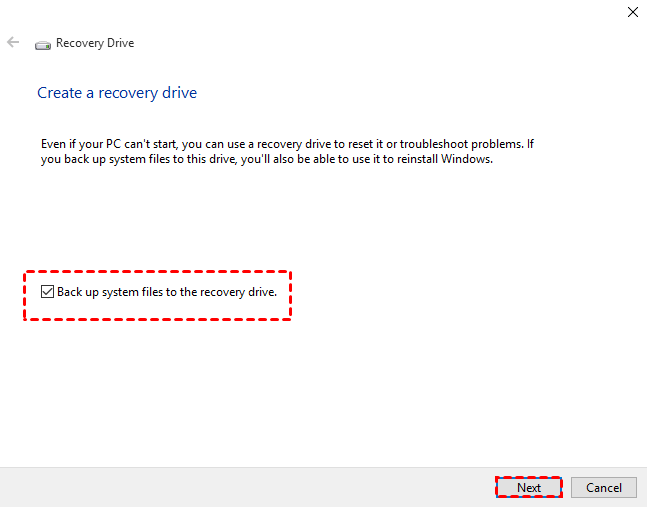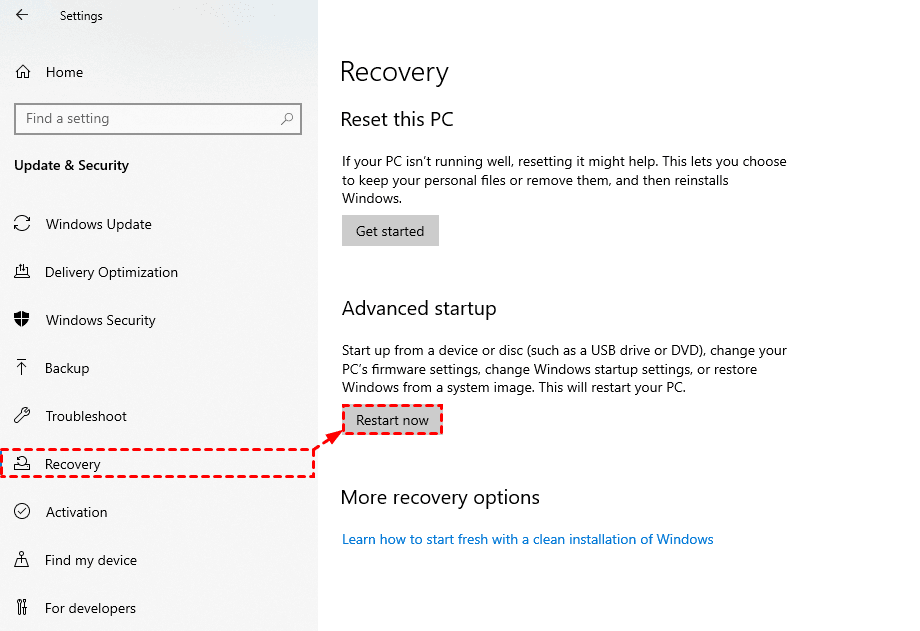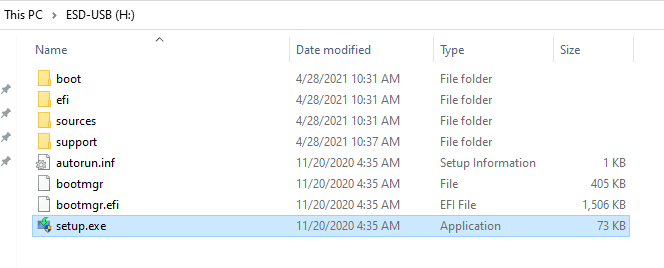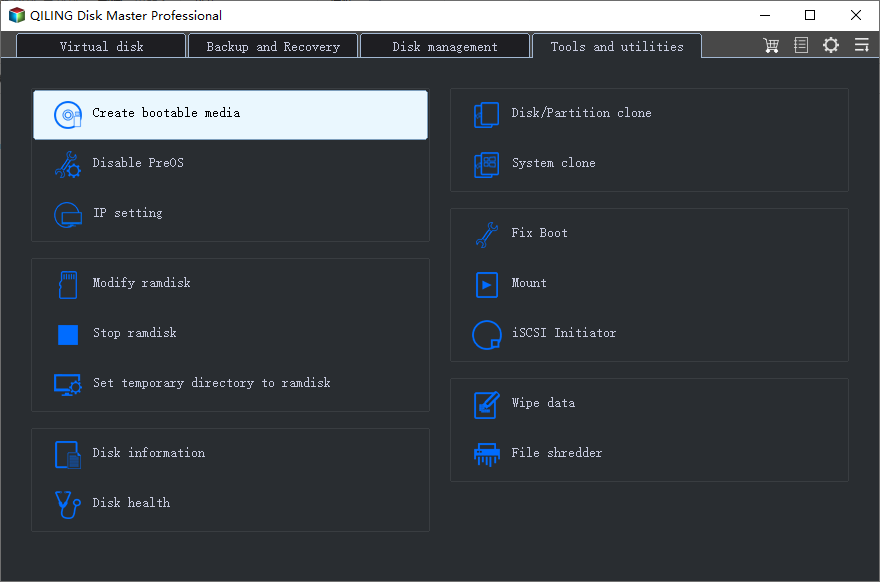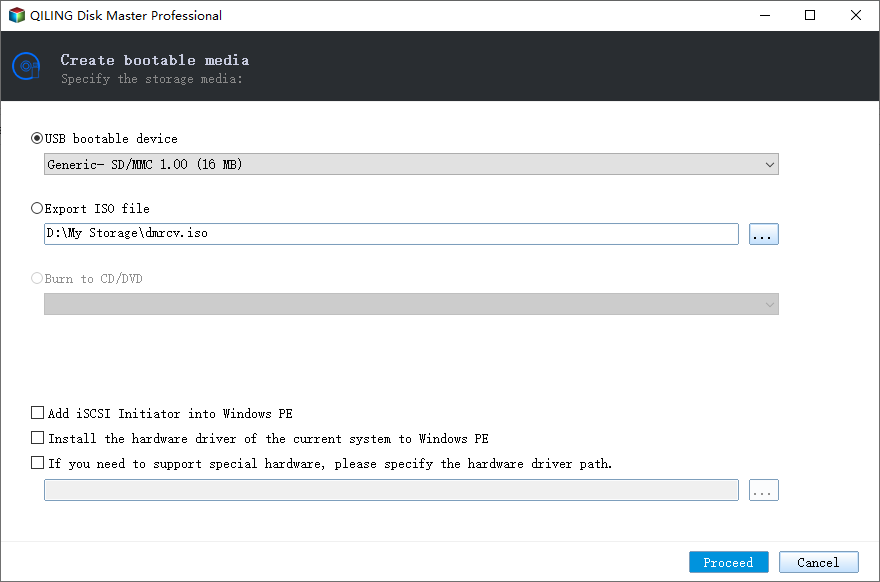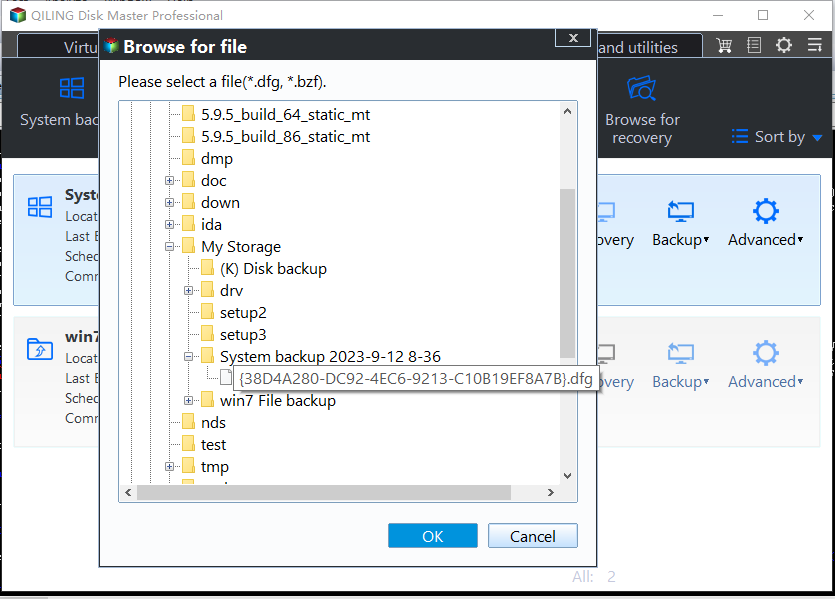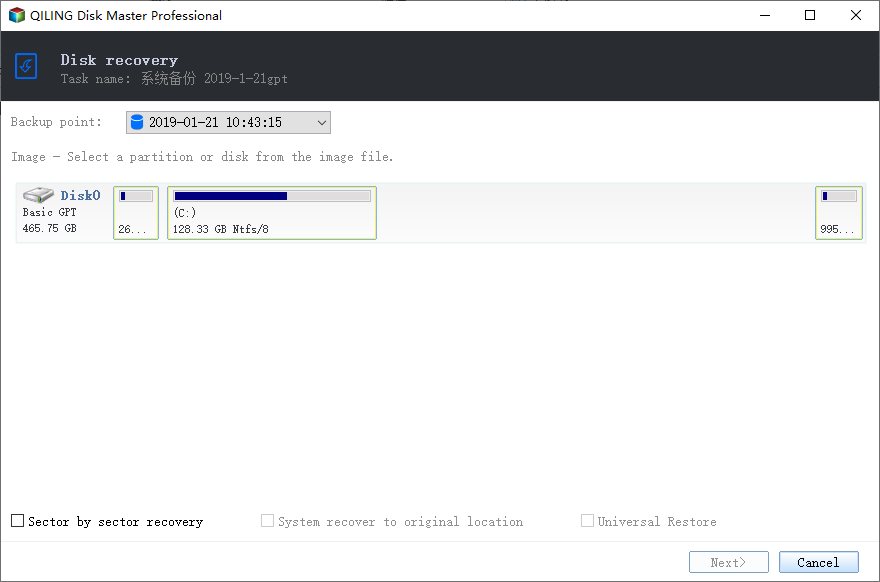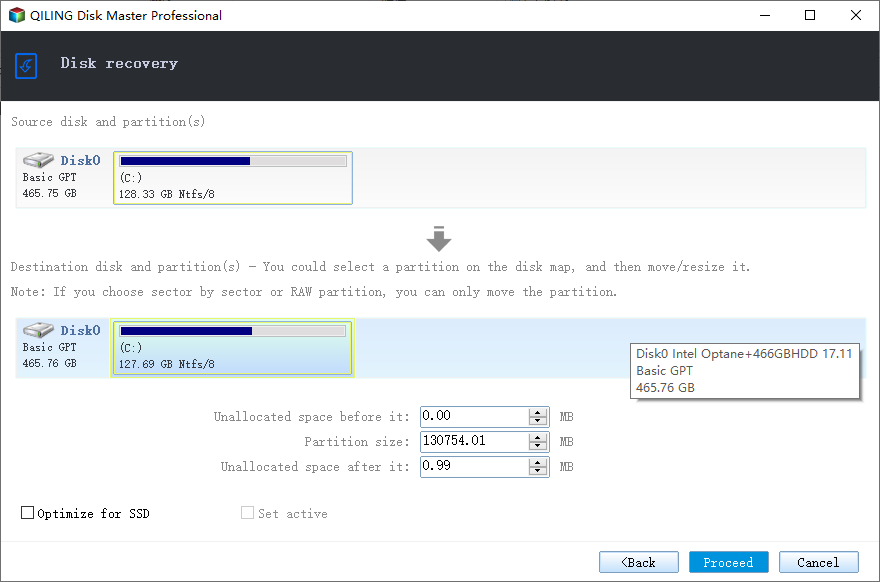How to Boot Windows 10 from USB Flash Drive (2 Approaches)
- Case: I want to install Windows 10 from USB flash drive
- Overview for bootable USB in Windows 10
- Is it necessary to format USB for Windows 10 installation or recovery?
- Will installation media or recovery drive erase your data?
- Approach 1. Boot Windows 10 from USB flash drive (inside Windows)
- Approach 2. Boot Windows 10 from USB flash drive (at startup)
- Easy alternative: create bootable media to restore system from startup
- Conclusion
Case: I want to install Windows 10 from USB flash drive
"Hello guys, I bought a new flash drive, a Cruzer Blade 16GB to make a fresh install on Windows 10, but the Windows doesn't boot from flash drive. Am I doing something wrong?"
Why boot Windows 10 from USB flash drive? The above case described one of the most common intentions, i.e. a clean installing or upgrading of Windows 10.
Besides, when you encounter system errors that seriously affect normal operation, you may also want to boot from a recovery USB for troubleshooting or factory resetting.
No matter what your purpose is, a bootable USB drive is the prerequisite. Keep reading to learn what USB can you use for what situation, and how to boot Windows 10 from it.
- Overview for bootable USB in Windows 10
- Approach 1. Boot Windows 10 from USB flash drive (inside Windows)
- Approach 2. Boot Windows 10 from USB flash drive (at startup)
- Easy alternative: create bootable media to restore system from startup
Overview for bootable USB in Windows 10
>> For installing a clean copy of Windows 10 or reparing installing Windows 10 with an in-place upgrade on the same or another PC, you could download MediaCreationTool from Microsoft, and use it to create an installation USB.
>> For troubleshooting or reinstalling Windows 10 on the same computer, you could use Windows built-in utility to create a recovery USB. Remember to tick "Back up system files to the recovery drive."
*You can find detailed steps with screenshots to create Windows 10 bootable USB.
Is it necessary to format USB for Windows 10 installation or recovery?
If fact, Windows MediaCreationTool will reformat the drive automatically, and Recovery Drive will create a FAT32 formatted USB that can boot in both BIOS-based and UEFI-based PCs. So you don't need to do it manually.
Will installation media or recovery drive erase your data?
Reinstalling Windows from USB recovery drive will remove your files, while clean installing Windows 10 from installation USB should not (but there are still users who have lost some files in the process).
In any case, it's recommended to backup important data in advance to avoid any unwanted data loss.
After creating a bootable USB drive for Windows 10, you can try following methods to boot from it.
Approach 1. Boot Windows 10 from USB flash drive (inside Windows)
If you can still log into Windows normally, then the steps are rather simple.
☛ For a recovery USB drive:
1. Connect the USB, click on Start > Settings > Update & Security > Recovery in Windows 10, and you will find a Restart now button under Advanced startup section.
2. Tap it and the computer will reboot to Windows 10 recovery environment, you can then choose Recover from a USB to reinstall Windows 10, or choose Advanced options for troubleshooting.
☛ For an installation USB drive:
1. You can connect the previously created installation USB, and select it in File Explorer.
2. Double-click setup.exe in the root directory to run the installer, and follow the wizard to install Windows 10 updates (i.e. in-place upgrade).
Approach 2. Boot Windows 10 from USB flash drive (at startup)
Whether it's an installation USB or recovery USB, you can boot from it during startup to rescue a faulty computer. The difference is that the former can be created on a normally working PC and used on another PC, while the latter can usually only be used on the computer where it was created.
To repair or install Windows 10 from USB during startup, you can change BIOS/UEFI settings to make the bootable media on top of the boot order list.
1. Connect the USB drive, power on the PC and press the required key to enter BIOS/UEFI. The key is usually F1, F2, F10, F12, Delete. etc. If you are not sure, read the motherboard manual or search the PC model on Internet.
2. Then, find the boot menu and make the bootable USB flash drive the first boot option among all the devices. Save the settings and exit. The computer should restart and boot from the selected USB drive automatically.
3. After selecting the keyboard layout, you can proceed to the next step. With an installation USB, you will be lead to the process of clean installation; and with a recovery USB, you will enter Windows recovery environment for further opertion.
Note: USB booting on UEFI systems requires the "Secure Boot" option to be disabled. If your computer uses UEFI, you need to temporarily disable the option. In addition to "Secure Boot", it may be called by other names like "Legacy Boot", "Legacy Support", "CSM", "Launch CSM", etc.
Easy alternative: create bootable media to restore system from startup
If you don't necessarily need to reinstall Windows 10, but want to effectively fix system problem and get your computer working properly, you can try this alternative to save time and effort.
Qiling Disk Master Standard is a free backup & restore program with comprehensive functions. It works with all Windows OS (11/10/8.1/8/7/XP/Vista) on all brands of computers, and the operation is much easier than Windows built-in tools.
♦ With the System Backup feature, you can create an image of operating system and schedule backup to run it daily, weekly, monthly, etc. To save storage space, you can also perform incremental or differential backup to back up only changed files each time.
♦ The Create Bootable Media tool enables you to make USB bootable. Thus when a computer fails to boot, you can use the USB to boot it to WinPE, and restore the system to an earlier normal state to solve all the problems.
♦ The transfer system image to new hard driveSystem Restore can also be done easily and efficiently. Qiling Disk Master supports you to restore Windows 10 from USB, or
♦ In addition, if you want to restore system to different hardware, you can also upgrade to Professional edition to enjoy the Universal Restore feature.
Download the free standard edition to have a try:
Preparations:
Install the software, choose Backup > System Backup to create a system image on removable devices or network location. You can also add a schedule to automate the backup on regular basis.
▶ How to create Windows 10 bootable USB:
1. Go to Tools tab and select Create Bootable Media under Common Tools.
2. Select the bootable media. Here choose USB Boot Device as an example and click Proceed.
When the process is complete, you will get a bootable USB flash drive.
▶ How to restore Windows 10 from USB flash drive:
1. Insert the bootable USB, enter BIOS/UEFI and choose to boot from it. When the computer boot into WinPE, Qiling Disk Master will pop out, you can then select Restore > Select Task/Select Image File to locate the system backup.
2. Choose Restore this system backup and click Next.
3. Confirm the operation and Proceed.
Tips:
- If this system image is created on another computer with different hardware, please tick Universal Restore (supported by Pro edition) to make sure Windows 10 can boot properly after recovery.
- If you only want to perform Windows 10 recovery on the same computer, then you don't necessarily have to create a bootable media, just select Recovery Environment in Tools tab, and Enable the boot option of Qiling Disk Master recovery environment. It works just as bootable USB but can only take effect on the current PC.
Conclusion
Whether your purpose is system reinstallation or troubleshooting, you could boot Windows 10 from USB flash drive. This post introduced 2 types of bootable USB drive, and the approaches to boot from them.
If you find both the methods are complicated, you can also use the effective alternative, Qiling Disk Master to create bootable media and perform system recovery. As an all-around data protection solution, it also offers functions to backup individual files, folders, partitions or the entire disk in daily use.
In addition to backup and restore, Qiling Disk Master is also a powerful disk clone software. It allows you to migrate hard drive to SSD, or transfer OS to another hard drive.
Related Articles
- Windows 10 Recovery Tools Guide and Free Download | 2021
You may want to download or create recovery tools in Windows 10 (32 Bit and 64 Bit) to fix system errors and restore PC to a normal state. But which recovery tool should you use? How? Here are all the all the info you need to know. - Windows 10 Bootable USB Not Working - Fix or Replace it
Need to install, upgrade or repair Windows, but Windows 10/11 bootable USB not working? Read this article and you will learn why and how to fix it. Also, an easier repair is included. - Clone USB Bootable Drive in Windows 10/8/7 | Fastest & Easiest Way
Cloning USB bootable drive to another drive or USB in Windows 11/10/8/7 with "Disk Clone" feature in Qiling Disk Master is the fastest and easiest way. Scroll down to learn the detailed steps. - Repair Windows 10: Create Repair Boot USB Drive
A Windows 10/11 repair boot USB drive can fix system errors and reset computer to a normal state. In this post, you will find how to create bootable USB and repair Windows 10 with it.

